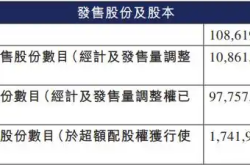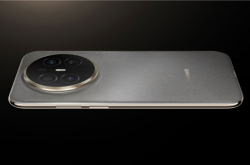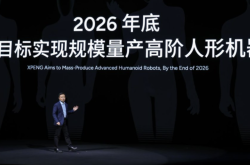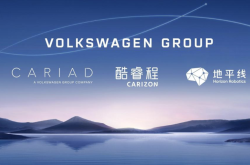Lei Jun's Bold Move: How Should NIO, XPeng, and Li Auto Respond?
![]() 06/30 2025
06/30 2025
![]() 730
730

Introduction
We now stand at a crossroads, where the only option is to confront the fiercest competition head-on.
On June 26, Beijing time, Lei Jun, under the bright lights of the stage, delivered a powerful blow to all players in China's automotive market with his calm demeanor, proving just how ruthless he can be with tangible results.
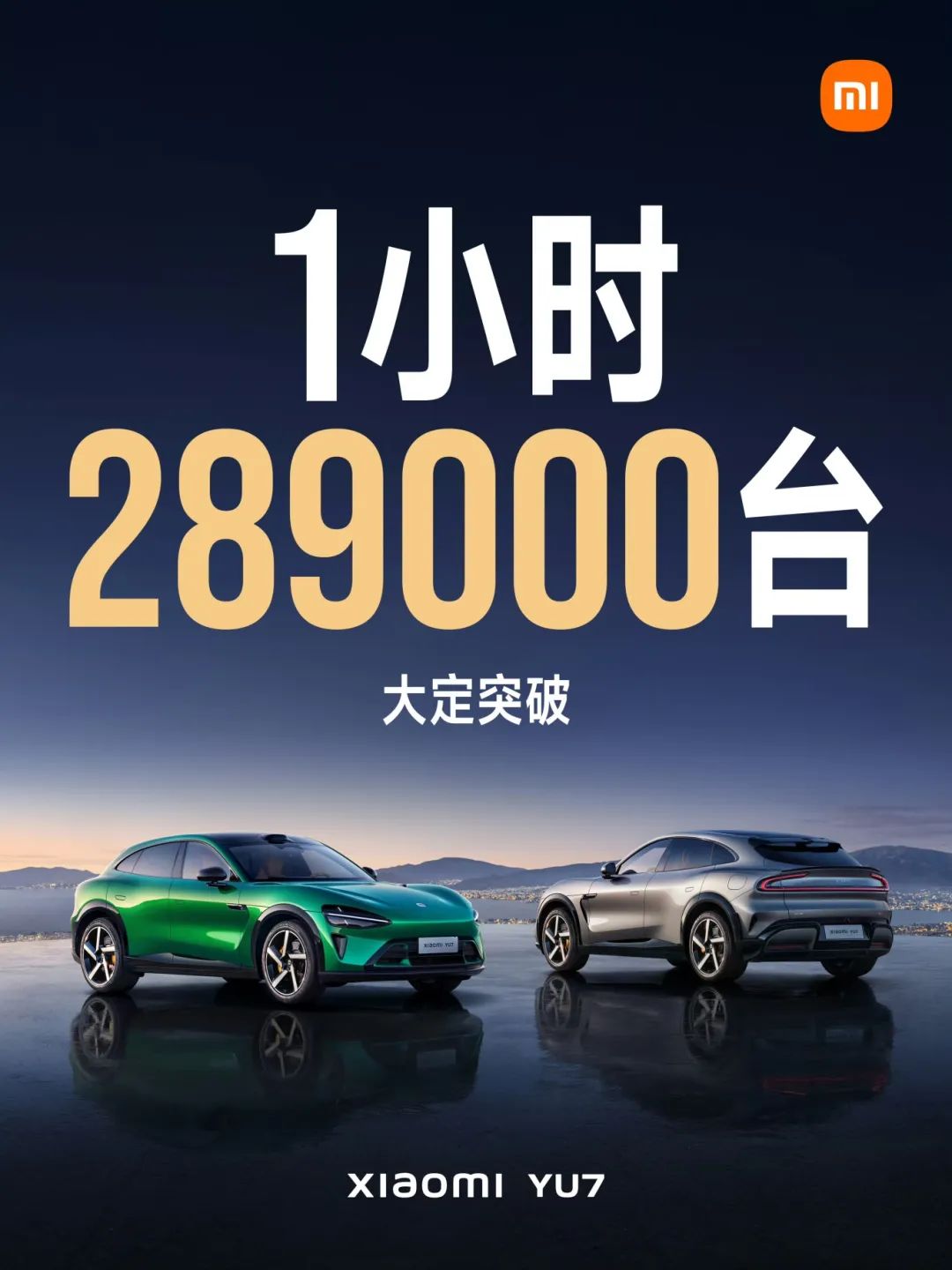
The Xiaomi YU7, priced starting at 253,500 yuan, received 200,000 orders within 3 minutes and 289,000 orders within 1 hour... Even factoring in some "water," as a media professional with six years of experience, I've never witnessed such astounding figures.
"It feels powerless when facing a Trisolaran water droplet."
This isn't exaggeration; such candid feedback genuinely comes from a friend who works at a major automaker. It's undeniable that the entry of Xiaomi YU7 has sent chills down everyone's spines.
More alarmingly, a thorough analysis of this mid-sized pure electric SUV's attack strategy reveals that it's vastly different from Xiaomi's previous tactics. The price difference between the standard and Pro versions, which carry the main sales burden, is merely over 20,000 yuan.
In other words, there's very little room for competitors to intervene and snatch market share.
"Xiaomi YU7 is Xiaomi's first SUV and its true entry into the automotive industry's main battleground. We will face the strongest competitors and the fiercest competition."
Shortly after the press conference, Lei Jun posted such a message on his personal Weibo account. Every word conveys his imminent determination and ambition; on the other hand, it's hard not to feel concerned for brands competing with Xiaomi.
The following section delves into "NIO, XPeng, and Li Auto," a topic of great interest to most readers. Faced with Xiaomi YU7's explosive sales, how should these "rivals and peers" respond?
01 NIO: A Battle to the Finish
"We must achieve profitability in the fourth quarter."
On multiple occasions, Li Bin, as the CEO, has reiterated this goal. Whether admitted or not, NIO is indeed teetering on a perilous cliff edge.

To achieve profitability, Li Bin outlined his strategy: "Monthly sales of the three brands should exceed 50,000 units, with a gross margin of 17%-18%, sales and management expense ratio around 10%, and R&D expense ratio at 6%-7%."
On the product front, L90, the second new model under Ledao, will launch in the third quarter. Li Bin claims it will revolutionize the three-row SUV market and be a pivotal turning point. In the fourth quarter, the all-new ES8, born from the NT3 platform, will also hit the market, which Li Bin dubs a "return of the king."
But in my view, it's a battle to the finish.
First, Xiaomi YU7's arrival will undoubtedly impact the 2025 model "5566" with overlapping price points. Second, although Ledao L60 has gradually seen increasing sales, it's far from reaching the expected heights. Furthermore, Firefly's introduction of the BaaS battery-as-a-service policy suggests that orders for this premium pure electric small car are gradually waning.
Attempting to achieve monthly sales of 50,000 units in the fourth quarter, NIO is clearly under pressure.
It's against this backdrop that Ledao L90's arrival in the third quarter carries even heavier responsibilities. There's no room for negotiation; it must be a hit.
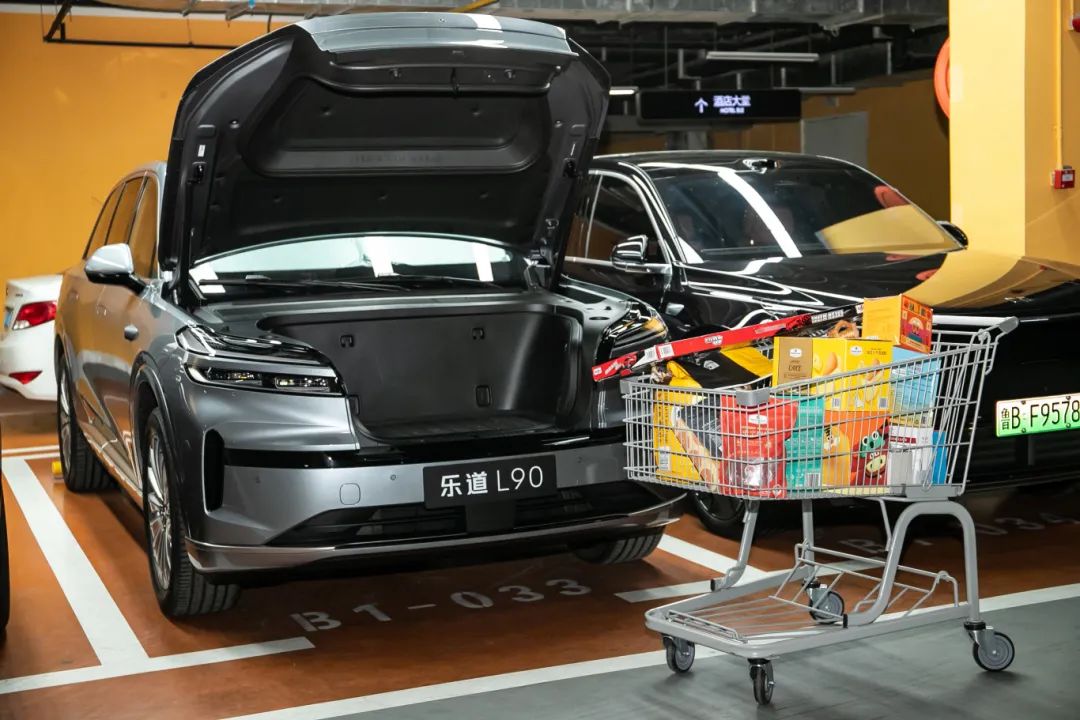
A small-scale static appreciation of this product was recently conducted. Without exaggeration, in terms of parameter configuration alone, it's second to none in the "large six-seater" market.
A critical point is that, thanks to the support of a forward-facing pure electric platform and a high degree of electronic and electrical integration, its loading and seating space truly addresses user pain points.
More specifically, with six people and six seats fully occupied, thanks to the huge front trunk and considerable luggage carrying capacity in three-row mode, it can fully accommodate everyone's luggage.
It's more considerate than all "large six-seaters" on the market.
In any case, with Ledao L90, you can feel that NIO is abandoning some of its past obsessions and beginning to truly listen to the actual needs of car owners, building cars with a so-called "C-end" mindset.
Of course, entering the "large six-seater" market, where extended-range competitors abound, Ledao L90, which can be charged and swapped and simply bets on a pure electric technology route, is a breath of fresh air.
Fortunately, NIO's increasingly mature energy replenishment system gives it the confidence and capital to persuade users. Of course, it also needs the support of policies like "limited-time free battery swapping."
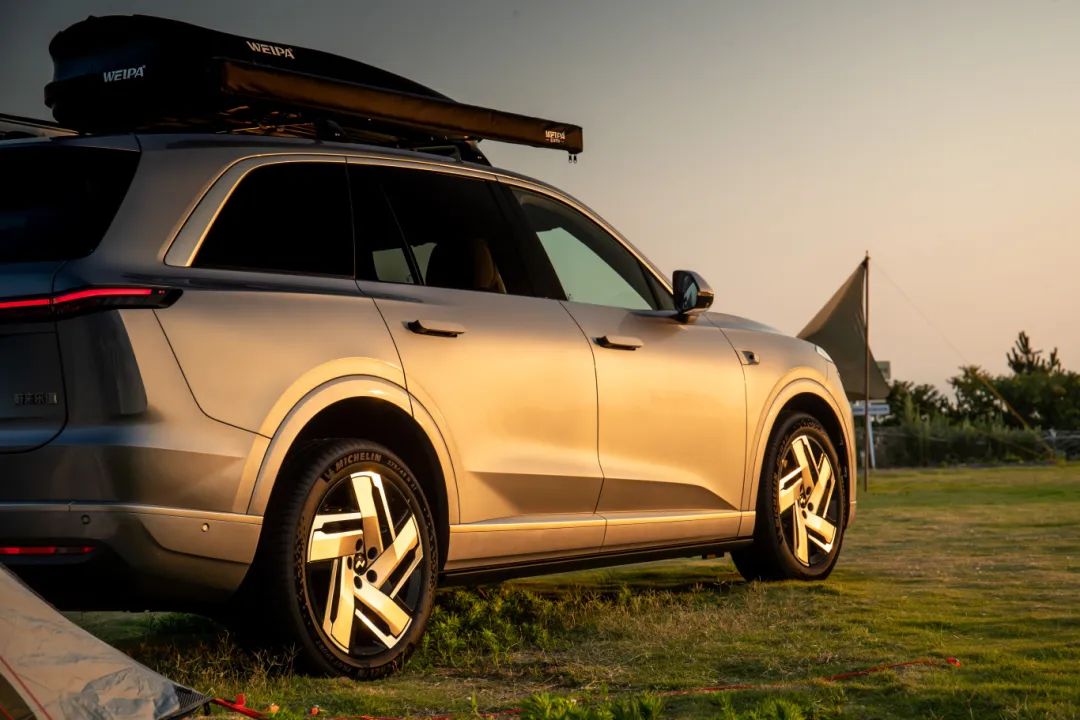
Currently, Ledao L90 is like this: "Everything is ready, except for the price."
Unfortunately, this is also what I'm most worried about, fearing that it may not get it right in one step. In recent communication, Ledao officials have emphasized that L90 is positioned at the 300,000 yuan level.
But I believe the starting price should be pulled down to around 279,900 yuan, similar to Xiaomi YU7 Pro, and after adopting the BaaS battery-as-a-service scheme, it should enter the price range below 200,000 yuan for dislocation competition.
As for the "large five-seater" version L80 entering the market in the fourth quarter, the price anchor should be the Xiaomi YU7 standard version.
Objectively speaking, in today's environment, only by showing sincerity that cannot be refused by end consumers can one possibly carve out a bloody path in this jungle of the law of the jungle. Don't be arrogant anymore.
Referring to last year's SU7, the even more explosive Xiaomi YU7, due to capacity constraints, will inevitably experience order overflow.
How to well receive this portion of potential customers will be a key test question for NIO, which is fighting to the finish.
02 XPeng: Know Yourself
"The difficulty for XPeng to reach higher prices has increased by more than one order of magnitude. It's estimated that it will be necessary to be prepared for a long-term struggle with Zero Run in the price range below 200,000 yuan."
Shortly after the launch of Xiaomi YU7, I saw such a viewpoint on Weibo. I deeply agree with this.
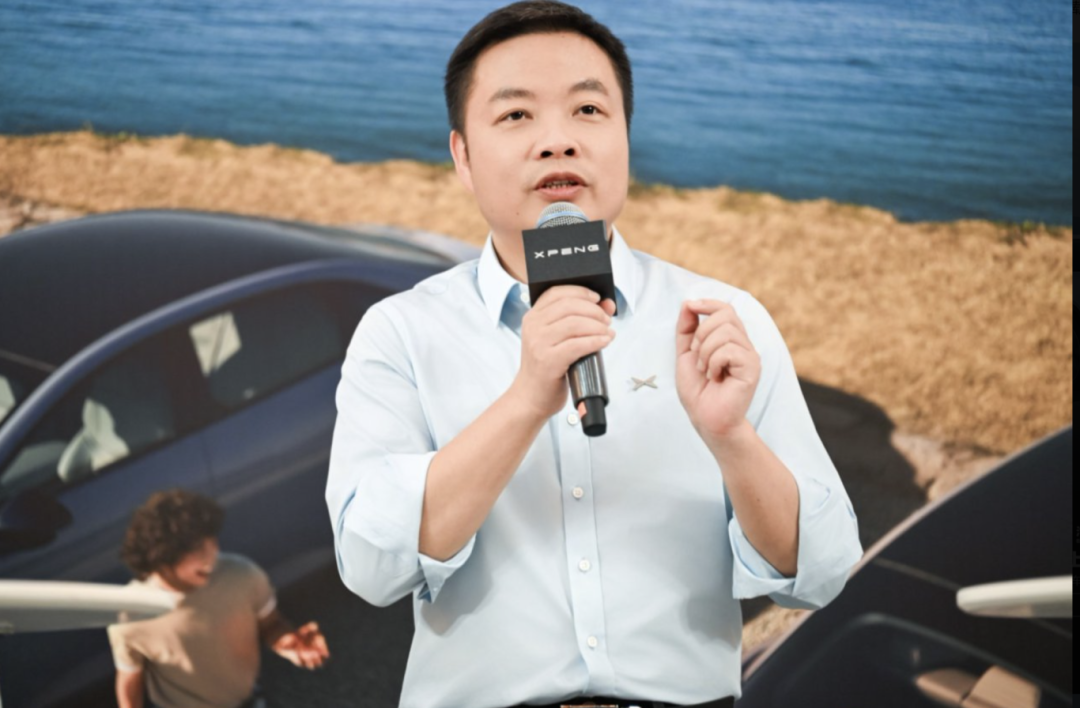
In fact, since last year, when the brand rebounded from its low point with two cost-effective pure electric sedans, MONA M03 and P7+, the challenge of how to move up the brand has lingered in XPeng's mind.
Unfortunately, Lei Jun's heavy punch made the small flame that had just ignited instantly falter.
The starting price of Xiaomi YU7 is 253,500 yuan, which essentially draws a hard-to-cross baseline for all mid-sized pure electric SUVs, with the subtext pointing directly to: "Either you compete with me in a dislocated manner, or you sell cheaper than me."
Such a strategy indeed makes XPeng feel uncomfortable.
And this week, this new force in automaking is about to release another product that bears the responsibility of volume sales - G7. As a competitor on the same platform as P7+, it has almost no major shortcomings in terms of parameter configuration.
The inclusion of three self-developed Turing chips with a combined computing power exceeding 2200 TOPS allows it to effectively use intelligence as a selling point. The second-row seating space and loading capacity are also strengths of G7.
As for pricing, referring to XPeng's G6 and G9, which also ushered in renewals this year, it's highly likely to maintain a price range of 200,000-240,000 yuan, filling the gap between the two.
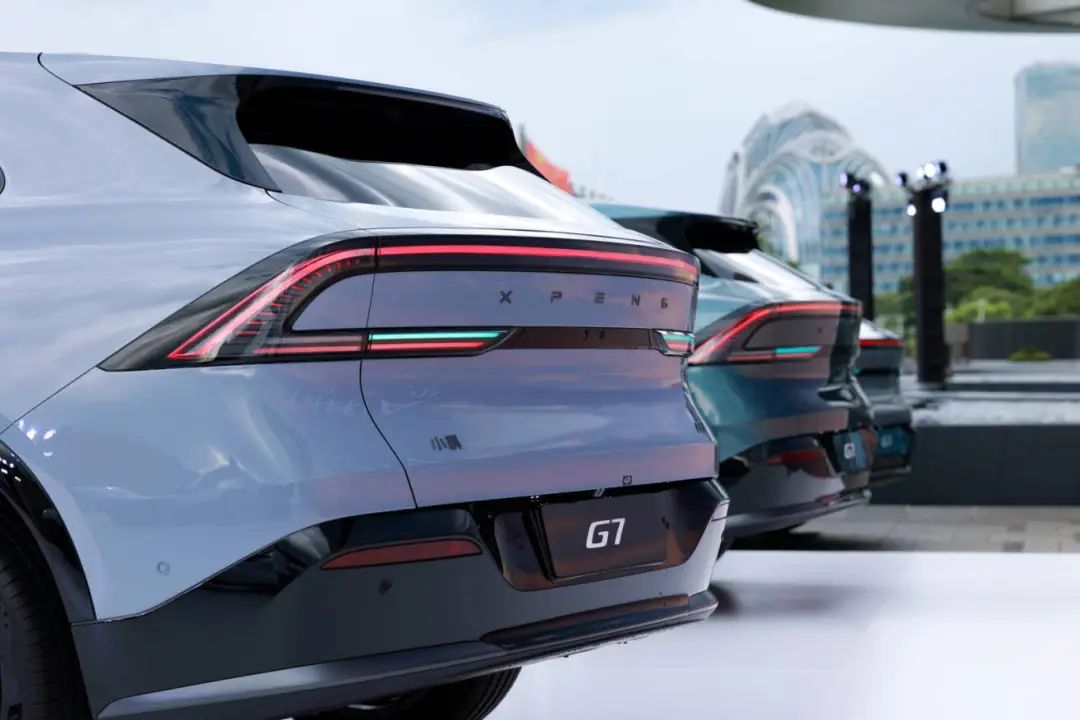
But even so, G7, as a mid-sized pure electric SUV, will inevitably be affected by Xiaomi. After all, the latter's voice is simply too loud.
XPeng should secretly rejoice that the 75 kWh battery version of YU7 has not arrived. Imagine if the starting price of this product is lowered to around 230,000 yuan?
Lei Jun has temporarily spared everyone.
Of course, as mentioned at the end of the previous paragraph, the overflow of Xiaomi orders will also be an opportunity for XPeng. With the lead charge of the big devil, the "cake" in the corresponding plate is getting bigger.
It's not shameful for others to eat meat with their own abilities and for you to follow behind and take a big gulp of soup. This also requires G7 to have sufficient attractiveness in its listing policy.
And considering the current situation and subsequent plans, I always feel that XPeng should further recognize itself, try to meet external expectations, and solidly do the so-called "Redmi car."
After all, the competition for the new P7 will inevitably be SU7. Xiaomi's third "large six-seater" extended-range SUV is likely to arrive next year, just in time to compete with XPeng's family flagship that will be unveiled at the end of this year.
Between the two, while they may seem amicable on the surface, the underlying competition is destined to only increase. As for the brand's upward movement, XPeng can only move forward slowly, step by step; there's no rush.
The slightly reassuring thing is that there's Xiaomi's example in front of it.
03 Li Auto: No Room for Error
About a month ago, news broke that Li Auto had lowered its annual sales target from 700,000 to 640,000 units. Standing at that point in time, one could already feel the challenges faced by this new force in automaking.
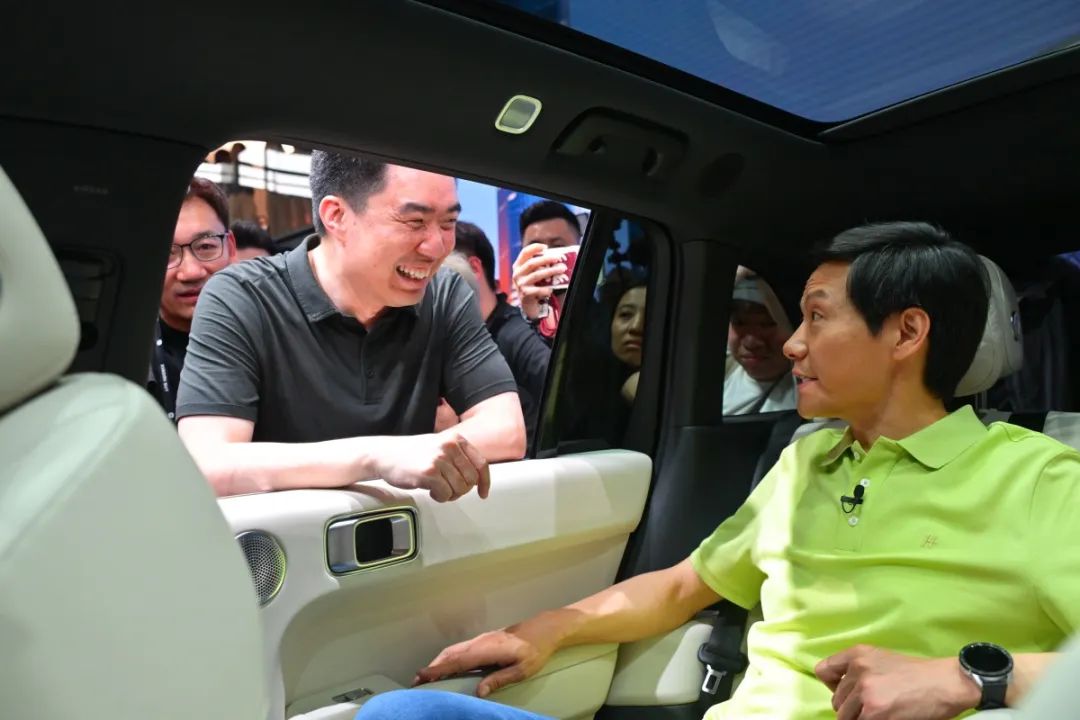
On the eve of the launch of Xiaomi YU7, Li Xiang, as the CEO of the company, had a friendly interaction with Lei Jun, leveraging the momentum to preheat the i8 and i6, which will enter the market one after another in the second half of the year.
In my opinion, they are bound to be battles that Li Auto cannot afford to lose.
Because, looking at the current situation, the L series in the extended-range segment is under siege, and the competition is becoming increasingly intense. Especially with the entry of AITO M8, Li Auto is under tremendous pressure.
For this reason, it's urgent to develop the pure electric segment. This new force in automaking must find a new breakthrough to alleviate its anxiety.
i8 and i6 are the answers it has given.
Objectively speaking, after last year's "failure" of MEGA, Li Auto is undoubtedly better prepared for selling electric vehicles at this moment. The best proof is the more than 2,500 self-built supercharging stations, which have cost a huge amount of manpower, material resources, and financial resources.
Although I haven't experienced the actual car yet, based on my understanding of this new force in automaking, i8 and i6 will definitely interpret what is meant by "car and home" to the fullest extent, extremely close to family users.
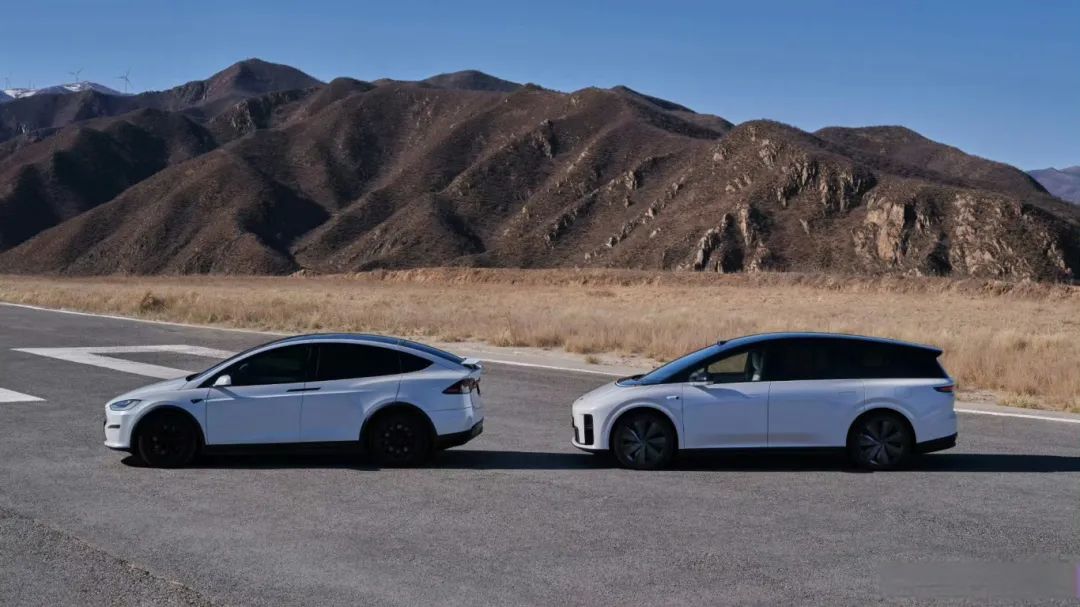
But there are also prominent problems: for example, the unconventional SUV styling will once again challenge everyone's aesthetics. In the end, how many people are willing to pay for it?
For example, in terms of model positioning, i8 and i6 will inevitably compete with their own L8 and L6, resulting in serious internal competition. How can a brand simultaneously clarify and sell well both pure electric and extended-range vehicles?
Furthermore, according to the current industry logic, the pricing of pure electric vehicles of the same level is generally slightly higher than that of extended-range vehicles. So if this is the standard, i8 and i6 are destined not to be sold too cheaply.
Assuming that the main sales versions of the two are in the price ranges of 350,000-400,000 yuan and 250,000-300,000 yuan, respectively, they will compete directly with AITO M8 and Xiaomi YU7, and the final result may not be favorable?
In any case, one after another suspense awaits to be answered, testing Li Auto's systematic capabilities.
And last week, this new force in automaking suddenly significantly lowered its second-quarter delivery expectations and also carried out a major adjustment to its organizational structure, giving people an unconscious sense that a "great battle is about to come."
If I had to describe Li Auto's current situation in one sentence, it would be: "The extended-range segment faces Huawei directly, and the pure electric segment cannot avoid Xiaomi."
Do you believe me if I say there's no pressure?

As I write this, the article is gradually approaching its conclusion. Finally, I would like to discuss an open-ended topic: "Facing Xiaomi YU7's fierce competition, who is the most panicked?"
Regarding the answer, I just want to say: "In addition to NIO, XPeng, and Li Auto mentioned in this article, those traditional automakers that are still slowly transforming may feel even more uncomfortable. After all, they are already facing numerous difficulties and are forced to speed up. This round of shockwaves that terrifies all automobile people will strip off the fig leaf from many people."
Currently, as we observe Xiaomi, which declared its entry into the automotive industry in 2021 and now seemingly stands unopposed in China's automobile market, it prompts profound reflection. Numerous so-called industry veterans have unexpectedly been eclipsed by this newcomer.
Frankly, this is quite disheartening and underscores the amateurish nature of many within the industry.
Over the past weekend, Xiaomi officially unveiled another remarkable statistic: 240,000 pre-orders for the YU7 within just 18 hours. Notably, these are "locked orders," signifying a high level of commitment. Lei Jun has announced that further 24-hour order updates will no longer be disclosed. Meanwhile, the current delivery lead time for immediate orders of the Xiaomi YU7 standard version has stretched to an astonishing 50 weeks.
In summary, for automakers including NIO, XPeng, and Li Auto, the landscape presents both challenges and opportunities.
At this juncture, all must brace themselves for the fiercest competition yet.
Editor-in-Chief: Cui Liwen
Editor: He Zengrong
THE END

